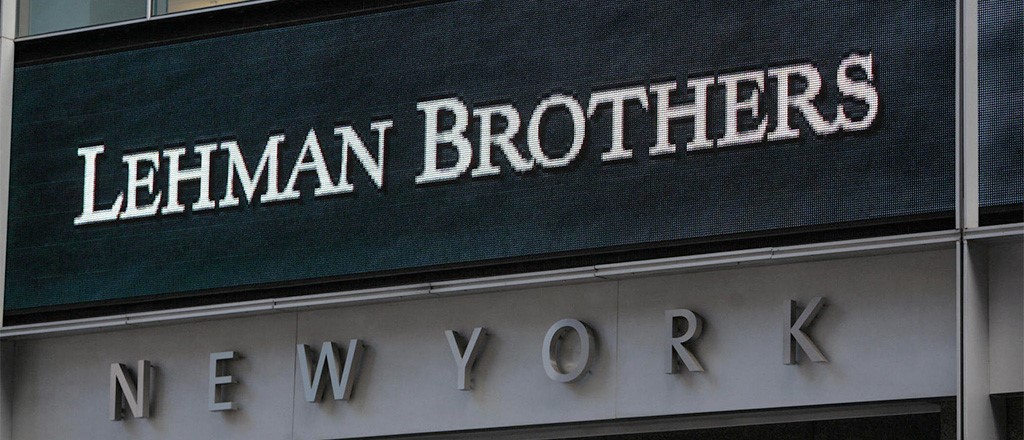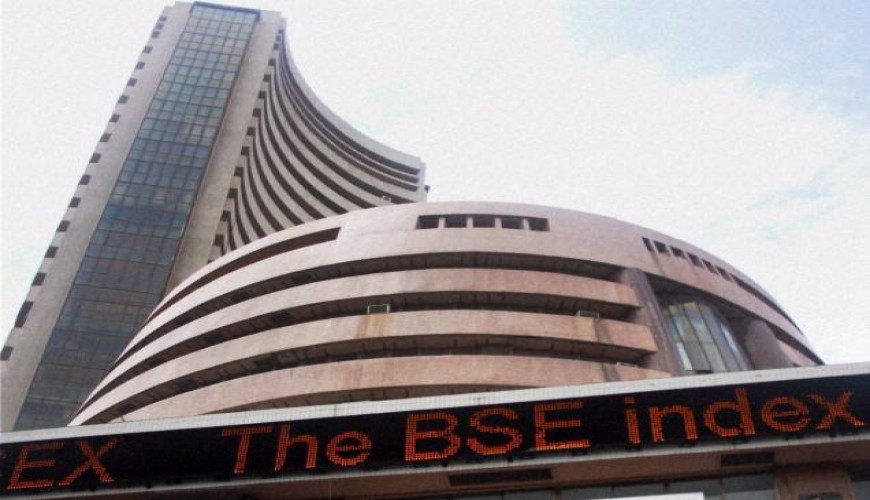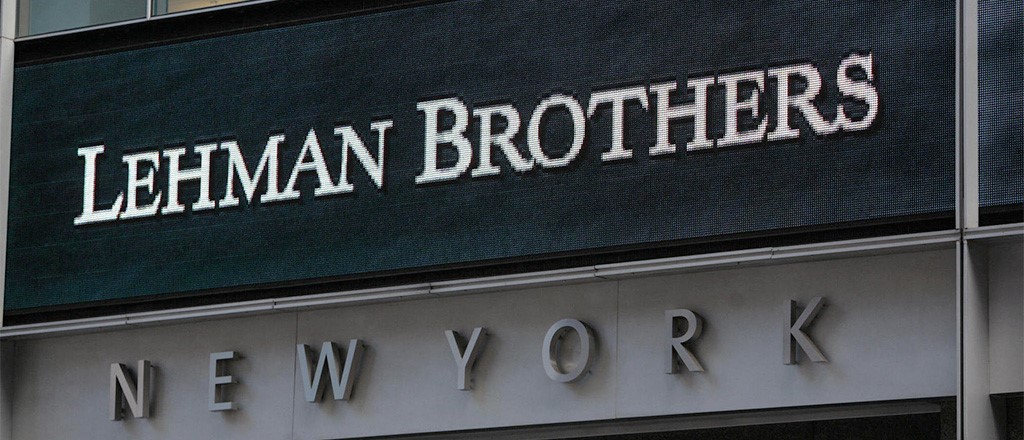According to Reuters, Richard Fuld, the former chief executive, declared, "Lehman Brothers in 2008 was not a bankrupt company," in front of 1,300 people at a micro-cap stock convention in Manhattan, seven years after Lehman Brothers filed for bankruptcy.
The bankruptcy of Lehman Brothers on September 15, 2008, was a defining moment that continues to shape the world of finance, regulation, and public perception. It underscored the importance of robust risk management practices within financial institutions. The excessive risk-taking and reliance on complex financial instruments were key factors in Lehman's downfall. And Richard had a different opinion on risk management. No matter what you may have read about Lehman's risk management, he claimed, "I had 27,000 risk managers at the firm because they were all shareholders in the company" at the same event.
Fuld defended the company's risk management procedures and asserted that because of their ownership positions, Lehman Brothers workers had a stake in the company's performance. This was perceived as an effort to minimize the firm's excessive leverage and dangerous exposures. In spite of Fuld's claims, authorities, analysts, and the general public generally believed that Lehman Brothers had taken on excessive risks and had a sizable exposure to subprime mortgages and related instruments. In the end, Lehman Brothers' bankruptcy brought to light the inadequate risk management of the company as well as more general problems throughout the financial sector in the run-up to the crisis. The firm's demise had a significant impact on the world financial system and prompted a review of risk management procedures in the banking industry.
The causes of Lehman Brothers' collapse in 2008 are well-known and comprehensible to a large portion of the population. Lehman's failure was primarily attributed to its excessive exposure to subprime mortgage assets, insufficient capital reserves, and a heavy reliance on short-term borrowing to finance its operations. These risky practices left the firm vulnerable when the U.S. housing market began to decline, leading to a sharp decline in the value of its assets. But what came next is really what counts.
Governments, central banks, and financial regulators worldwide adopted a number of actions to stabilize financial markets, avert additional economic unrest, and address the crisis' underlying causes after Lehman Brothers' collapse and the start of the global financial crisis in 2008. Following the collapse of Lehman Brothers, the following significant actions were taken like, Government Bailouts and Capital Injections, Interest Rate Reductions, Financial Regulation and Oversight, Increased Transparency, Consumer Protection, Global Coordination, Deleveraging, etc. But the most important action was Stress Testing. Stress tests are thorough evaluations of a financial institution's resilience to challenging economic conditions. These situations frequently include significant economic downturns, shocks to the financial system, and other stressors. Stress tests have become a crucial tool for regulators and central banks in assessing the health of financial institutions, particularly large systemic banks. In the United States, for example, the Federal Reserve conducts annual stress tests on the largest U.S. banks as part of its Comprehensive Capital Analysis and Review (CCAR) program.
The Comprehensive Capital Analysis and Review (CCAR) program is a regulatory framework to assess the capital adequacy and overall financial health of large, systemically important financial institutions (SIFIs) in the United States. CCAR is part of the broader supervisory and regulatory framework aimed at maintaining the stability and soundness of the U.S. banking system. The Fed must receive yearly capital plans from bank holding companies that detail their internal procedures for establishing capital adequacy, projected capital distributions, and the regulations governing them. These businesses must have consolidated assets of at least $50 billion.
The results of these tests determine whether banks can return capital to shareholders through dividends and share buybacks. Stress tests have been instrumental in promoting financial stability and reducing the likelihood of future financial crises.
While this American financial giant's fall from grace occurred thousands of miles away from the Indian subcontinent, its reverberations were felt across the Indian economy.
Global investors sought safety by returning their money home as they grew concerned about the developing global crisis. As a result, India experienced massive financial outflows. The withdrawal of funds by Foreign Institutional Investors (FIIs) from Indian markets led to a decline in the value of the Indian rupee relative to the US dollar. The trade balance and inflation dynamics of the nation were impacted, posing problems for policymakers.
International banks have been more wary of lending to emerging markets, particularly India, as a result of the global financial crisis. External commercial borrowings (ECBs) and loans in foreign currencies were difficult for Indian enterprises to obtain. The financing of projects and aspirations for corporate growth were impacted by this credit crunch.
India's economic growth slowed down as the world economy collapsed. Global demand was weaker, which hurt exports, while domestic spending declined. Concerns about the sustainability of India's strong economic progress arose when GDP growth rates declined.
The Reserve Bank of India (RBI) and the Indian government implemented a number of policy changes in reaction to the global financial crisis. To boost economic activity, the RBI lowered interest rates and started monetary easing programs. The administration unveiled stimulus plans intended to spur economic expansion, particularly in areas negatively impacted by the crisis.
India's outsourcing and information technology (IT) industries were heavily involved with the American banking sector. These industries, which were initially worried about how the crisis would affect their financial sector clients, showed extraordinary resiliency. They increased their services, diversified their clientele, and responded to changing conditions by making adjustments, finally growing stronger.
India had to review its financial regulatory structure in light of the demise of Lehman Brothers and the ensuing global financial crisis. The nation implemented measures aimed at increasing transparency, upgrading risk management procedures, and bolstering financial institution supervision. These changes were made to protect the financial sector from potential shocks.
The crisis and other significant global financial crises changed how investors perceived risk. It made clear how crucial careful risk management and diversification are. India's economy has proven to be resilient over time. India's consistent economic growth was facilitated by robust domestic consumption, a burgeoning middle class, and a strong services industry.
Fast forward to 2023, and the Bank Nifty soars to reach the 20,000 milestone which signifies economic confidence, strong corporate performance, and investment opportunities. While it bodes well for India's financial landscape, prudent monitoring and regulation are vital to sustain a healthy and stable market environment.
The failure of Lehman Brothers serves as a sobering reminder of the flaws in the international financial system. The financial sector was completely transformed, significant regulatory reforms resulted, and the cultural memory was forever altered. As we consider the 15 years that have passed since that critical day, we must continue to be dedicated to the lessons discovered and work towards a more robust and secure financial system that can resist present and future difficulties.
Arnab Sarkar, Business Analyst, Societe Generale Global Solution Center








 OpinionExpress.In
OpinionExpress.In















Comments (0)